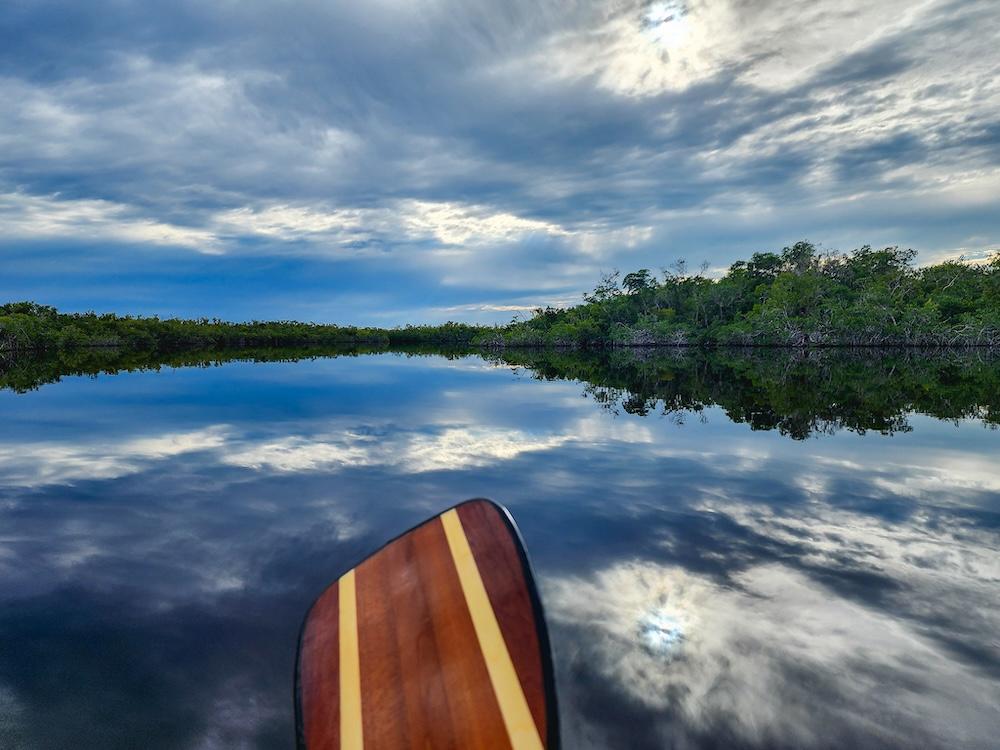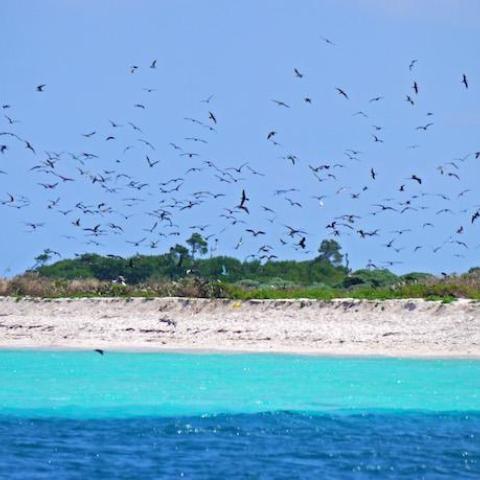
Paddling through Everglades / NPS
Everglades National Park recently shared an update on its draft Wilderness Stewardship Plan, which will guide the preservation, management, and use of the park’s wilderness areas. The park's Marjory Stoneman Douglas Wilderness, which encompasses 97 percent of the park's area, is the largest wilderness area east of the Rocky Mountains, when including submerged land within the boundary.
Details of the stewardship plan are available on an updated StoryMap at parkplanning.nps.gov/ever-wsp. This update is informational only. There are no public meetings or comment periods planned at this time.
Superintendent Pedro Ramos of Everglades and Dry Tortugas National Parks expressed gratitude for all of the input received so far, stating, "A wilderness stewardship plan that balances protecting the Marjory Stoneman Douglas Wilderness with enabling people to actively enjoy it is essential."
The plan aims to ensure long-term preservation of wilderness character, protect natural and cultural resources, address areas with unacceptable impacts, and provide opportunities for public use in line with the Wilderness Act and other applicable laws. The park's backcountry management plan has not been updated for over 40 years, having originally been drafted in 1981, and, according to the NPS, "does not provide guidance for the proposed wilderness areas and proposed potential wilderness areas within the East Everglades Addition." The East Everglades Addition is a chunk of land added to the park in 1989. In 2015, the East Everglades wilderness study proposed designation of an additional 42,200 acres of the addition as wilderness.
Next steps include developing alternatives, providing another chance for public input, and making a management decision under the National Environmental Policy Act (NEPA). The alternatives will be outlined in an environmental compliance document, which will analyze priority actions for the plan. This document is expected to be available for public review in late 2025.
The National Park Service recognizes the vital connections between people and wilderness across time and welcomes collaboration in managing these areas. In spring 2024, the park sought input from the public and associated Tribes on draft conditions and preliminary strategies. Comments were analyzed, leading to refinements in the plan. A summary of the feedback is available on the project website along with the StoryMap.




 Support Essential Coverage of Essential Places
Support Essential Coverage of Essential Places






